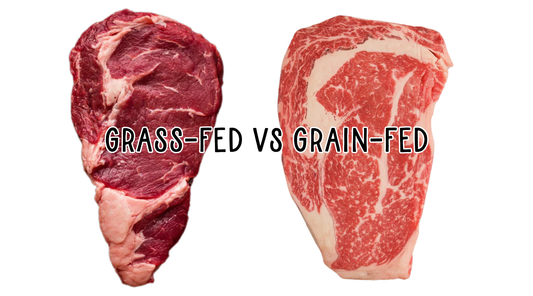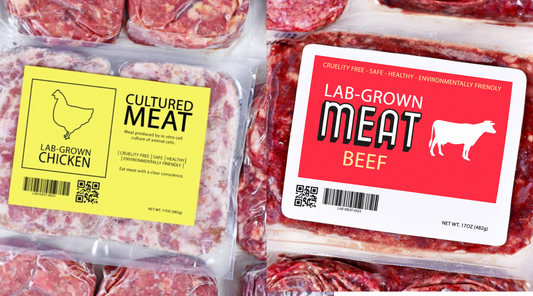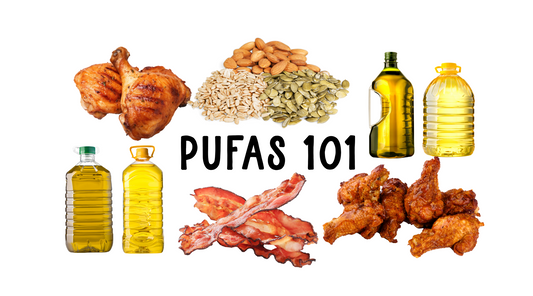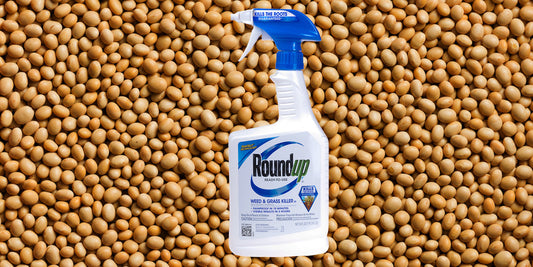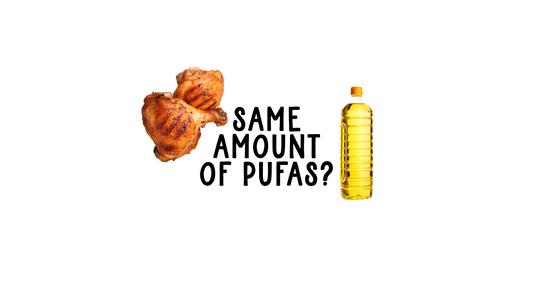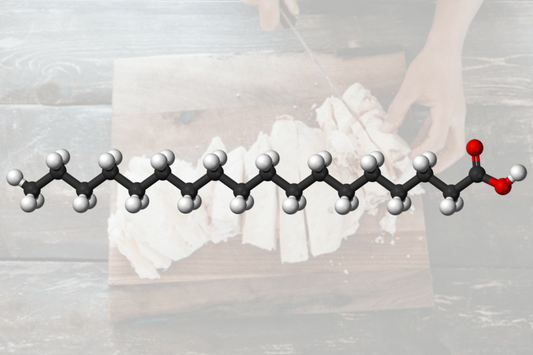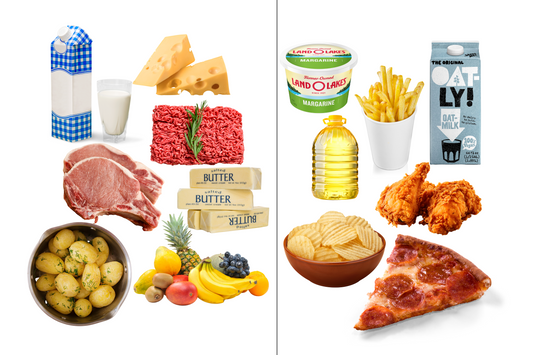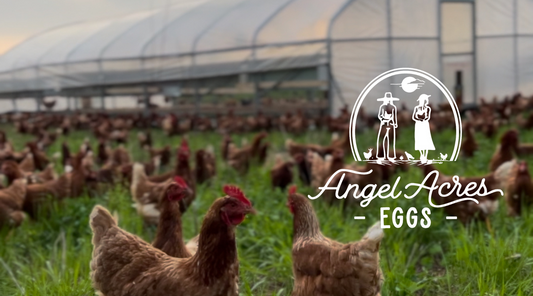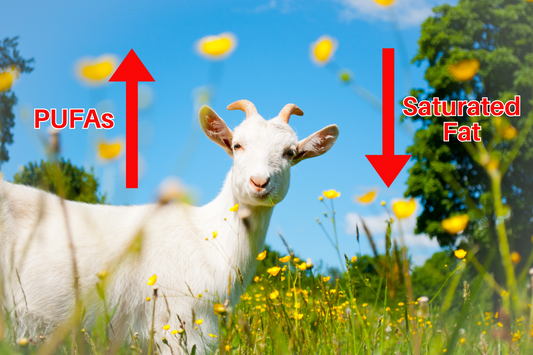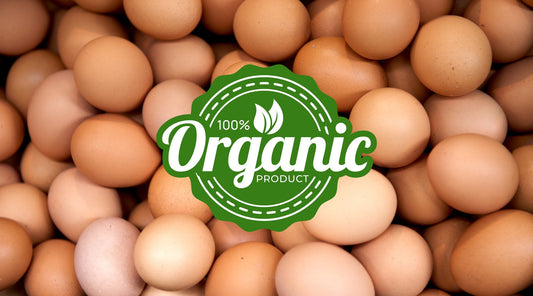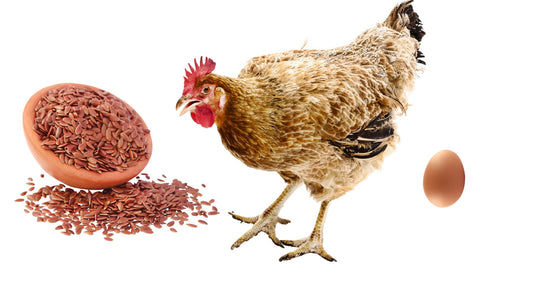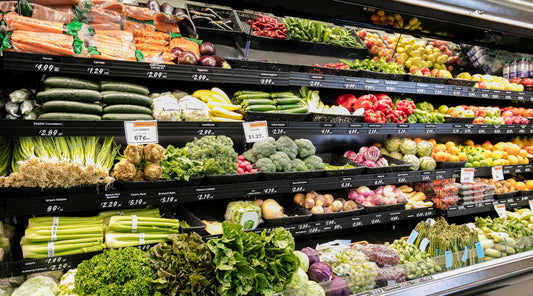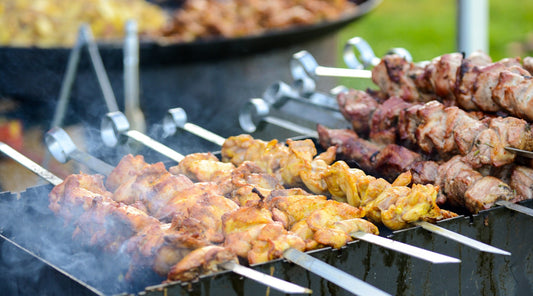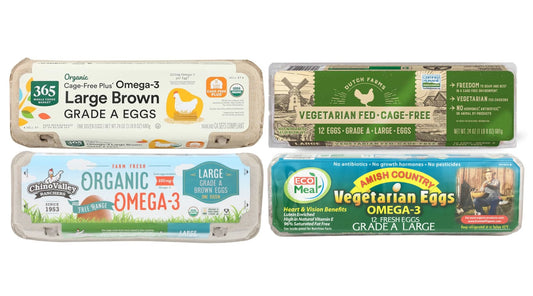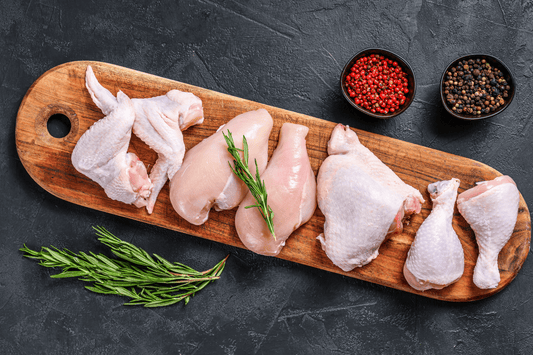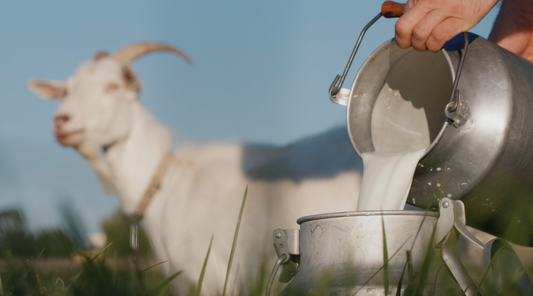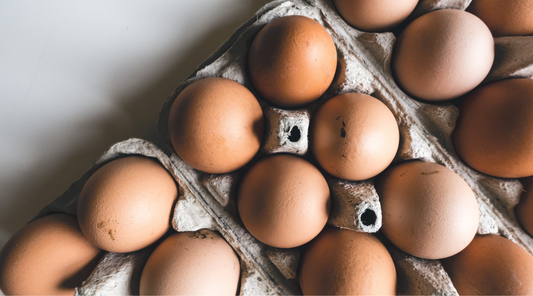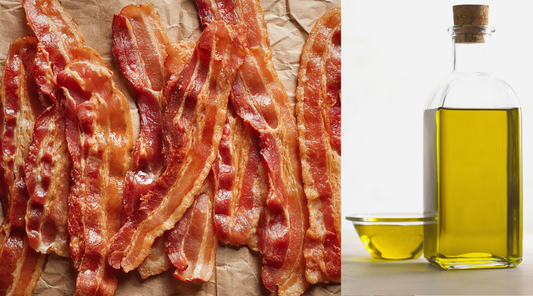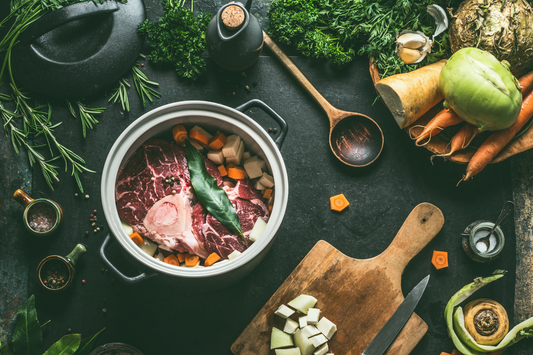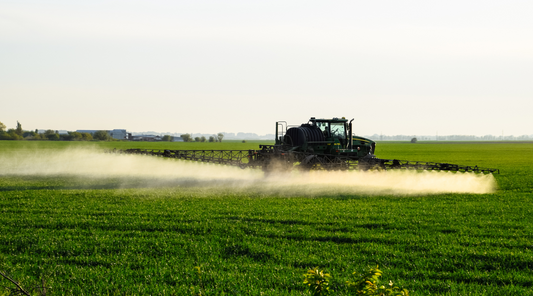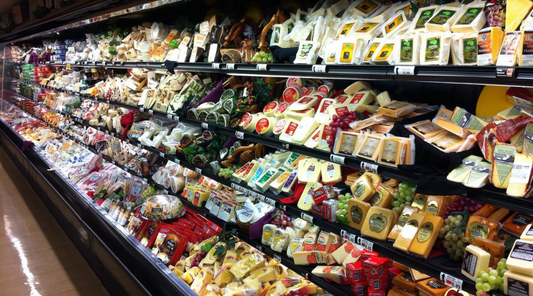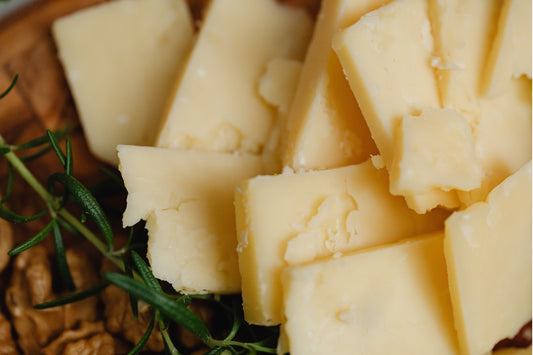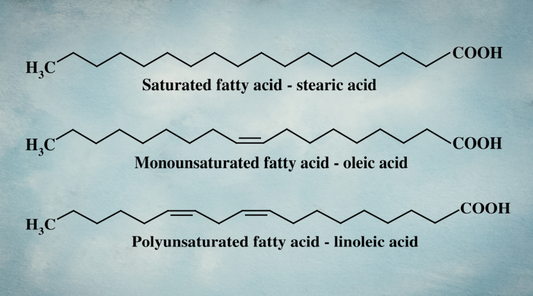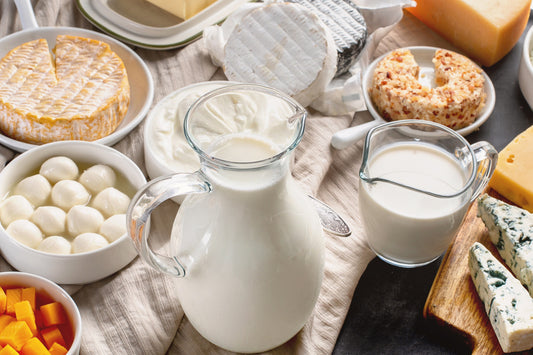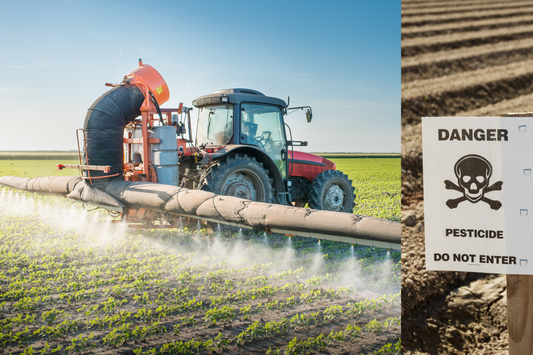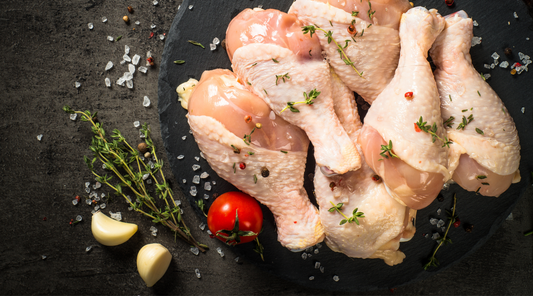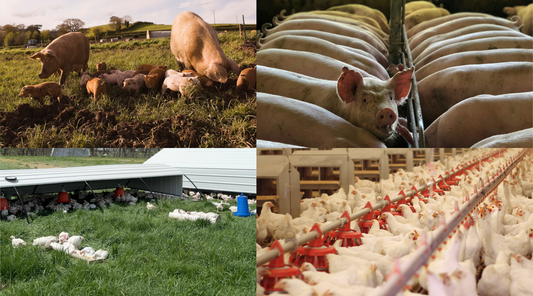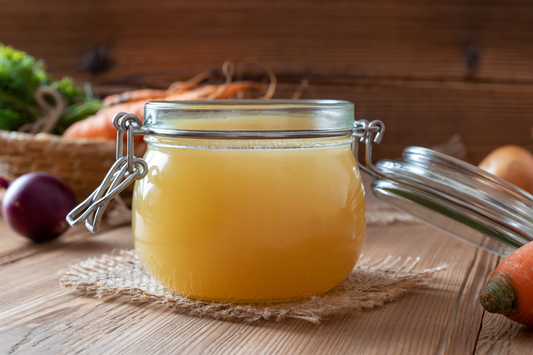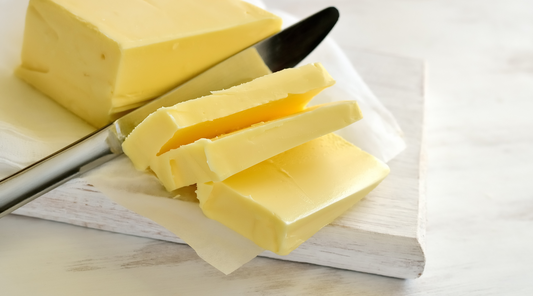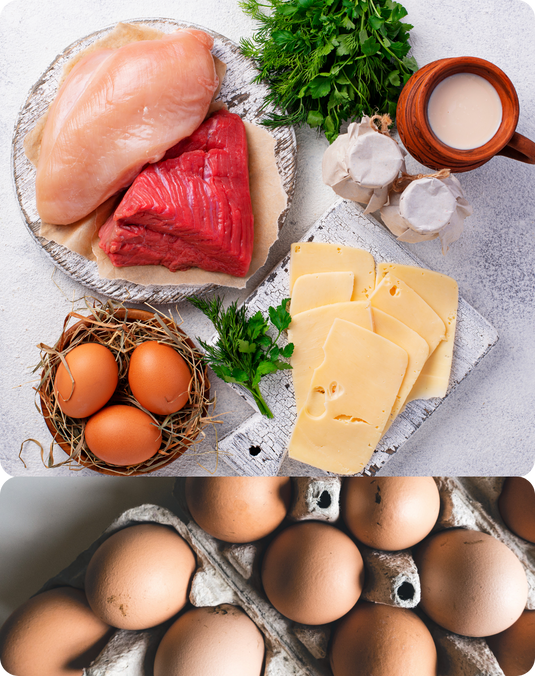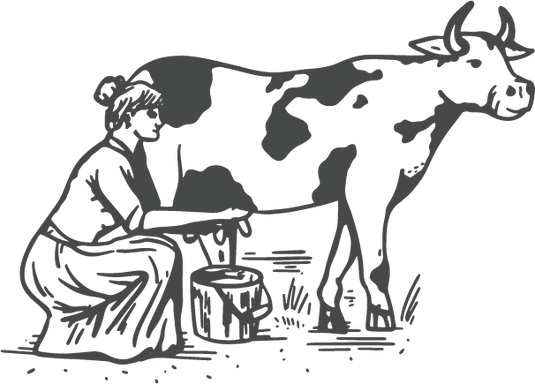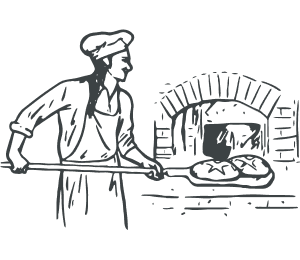
Why Pasture-Raised Meat Tastes Better
Supposedly, if you ask a French chef what gives their favorite cut of meat its depth, its richness, its unmistakable character—they won’t say a seasoning or cooking method…
They’ll tell you it’s the land.
The French have a word for this: terroir—literally, the taste of place. It’s the idea that everything in the animal’s environment—wild herbs, diverse pasture, soil minerals, even local microbes—shapes the flavor of food..
This is why Nourish pasture-raised meats taste different. Because they are.
At Nourish, our livestock are rotated out on diverse, living pastures. They graze wild herbs, legumes, flowers, and grasses unique to each season and location.That botanical diversity doesn’t just support animal health—it infuses the meat with flavor and nutrients drawn directly from the land.
That’s terroir. And no two pastures create the same result.
It's flavor you can't fake - and nature does the seasoning!
Why Commodity Meat Falls Flat
Most meat in the U.S. doesn’t have terroir. It has uniformity.
Grain-fed livestock are raised in confinement, fed a monocropped, standardized diet of corn, soy, and byproducts—often never seeing the sun, or stepping on real soil. There’s no diversity. No real connection to place. No depth of flavor.
These systems prioritize:
• Uniformity
• Speed
• Consistency
At the expense of nutrition, flavor, and animal well-being.
Just calories. And just… bland.
It’s not just romantic nostalgia or snobbery. Many Europeans, particularly from food cultures like France, Spain, and Italy, genuinely find American meat lacking in flavor. And they’re not wrong.
They’re used to meat raised in accordance with local food traditions—animals grazing on region-specific pastures, finished slowly, and celebrated for their connection to land. When that deep flavor is missing, it’s noticeable.
American meat often tastes bland not because of different cooking—but because the animals weren’t raised in a way that expresses the land. Instead of terroir, they’ve had a standardized life: indoors, fed the same thing, everywhere.
To traditional food cultures, that’s not food with a story. It’s food with its soul stripped out.
But WHY does pasture-raised meat taste better?
Here’s where things get even more interesting. One of the major reasons pasture-raised meat tastes better comes down to phytonutrients.
We usually associate these beneficial plant compounds with fruits and vegetables—but pastured animals actually consume and store phytochemicals from the plants they graze.
These compounds—like terpenoids, flavonoids, and phenols—not only boost flavor and aroma, but offer real health benefits too: anti-inflammatory, antioxidant, even anti-carcinogenic effects. (All very well documented in the literature!)
“Animals grazing more botanically diverse pastures accumulate both higher amounts and a wider variety of phytochemicals in their meat and milk compared to animals grazing non-diverse (i.e., monoculture) pastures, while concentrations of phytochemicals are further reduced—and often remain undetected—in the meat and milk of animals fed grain-based diets in feedlots.” 1
In short: real meat can carry plant medicine—but only if the animal lived in harmony with Nature on diverse pastures.
These beneficial compounds enhance both the flavor and the health benefits of the meat, yet they don’t even show up on nutrition labels. This is nourishment in ways science doesn’t even fully understand, yet it’s something we taste and feel.
Real Meat. Real Flavor. Real Connection.
Every bite of our pasture-raised meat carries the story of the land—its herbs, its soil, its seasons—and nourishes your body with a spectrum of compounds you won’t find in conventional meat.
Better for you. Better flavor. Better farming.
That’s not marketing.
That’s real food.
And yes—you’ll taste the difference.
Shop Nourish Truly Pasture-Raised Meats


